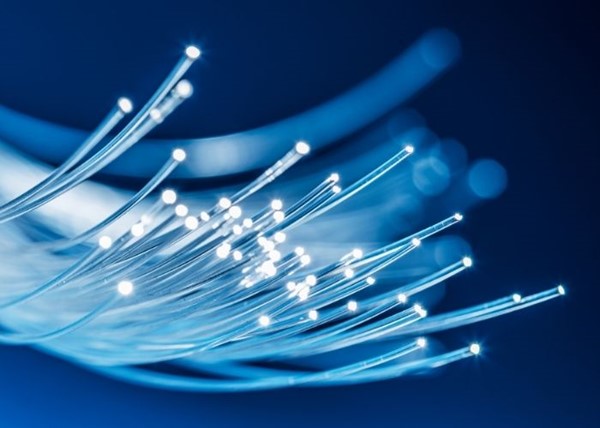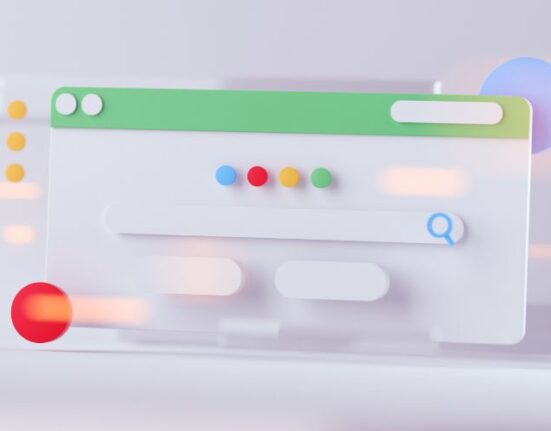Fiber-optic cabling is quickly replacing copper wire as the primary means of transmitting communication signals. Due to their many advantages, people use these cables in a wide variety of applications—from cable TV services to industrial plants. If you want to know more about how they work, consult this guide on everything you need to know about fiber-optic communication.
What Is Fiber-Optic Communication?
Fiber-optic communication is a high-speed information transmission method that sends pulses of infrared light through optical fiber cables to transfer data. Because the cables use light waves, they can transfer information incredibly quickly. The cables consist of a bundle of hundreds or thousands of extremely thin optical fibers with an ultra-pure glass core and an outside layer of cladding. Currently, they are the fastest and most reliable data transfer medium in existence.
How It Works
The process begins by sending a pulse of light through the core of the cable from either a laser or LED source. The photons of light repeatedly bounce off the walls of the cable, which is designed to prevent light from leaking out.
As the light hits the glass core, the different refractive indexes of the cladding and core will cause them to bend at specific angles, facilitating their movement through the cable. Once the light signals reach their destination, a receiving device will interpret them as data and convert them into output.
Benefits of Fiber-Optic Communication
Fiber-optic communication offers numerous attractive benefits, which is why it is becoming an incredibly popular communication method. Some of the main advantages of fiber-optic communication include:
- The speed to transmit data extremely quickly
- The ability to transmit data across extensive distances without the need for additional equipment
- Optimum security, as the construction of the cables makes signal interception extremely challenging
- A high degree of electromagnetic compatibility, as fiber-optic cabling is highly resistant to electrometric and radio-frequency interference

















